With a long, fascinating history intertwined with a myriad of magnificent landscapes, it’s no surprise that Britain has a wealth of UNESCO World Heritage sites.
Bath
Bath’s remarkable UNESCO World Heritage Site architecture and town planning, green spaces and attractive location, and associations with the Romans, Jane Austen, civilised living and restoring health maintain its draw as a fashionable city just as much now as it did in historical times.
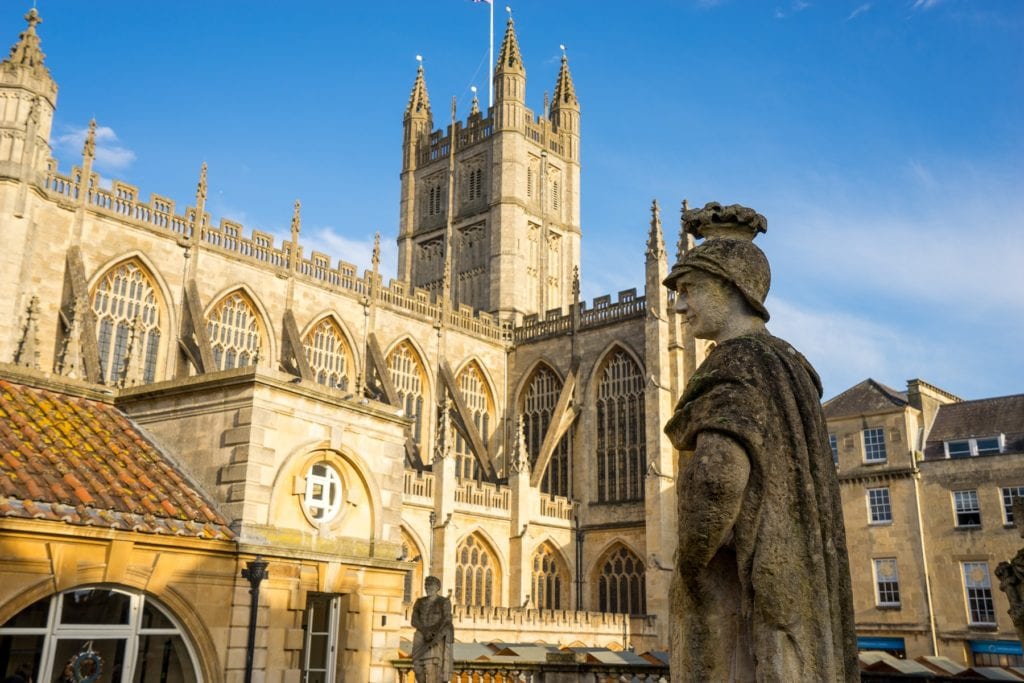
Before Bath reinvented itself in the 18th century by creating wide, fashionable avenues, it had a network of small alleyways and streets. There’s little truly medieval in Bath such was its sweeping out of the past, but a few streets close to Bath Abbey give an impression of life in the city before its reincarnation. With tiny shopfronts and not-so-high buildings, they provide a fascinating change to the Palladian style of Georgian Bath.
Blenheim Palace
A visit to Blenheim Palace, a UNESCO World Heritage Site in the Cotswolds, easily takes up more than a day to do it justice as both the formal gardens and the 2,000 acres of parkland estate are open to explore.
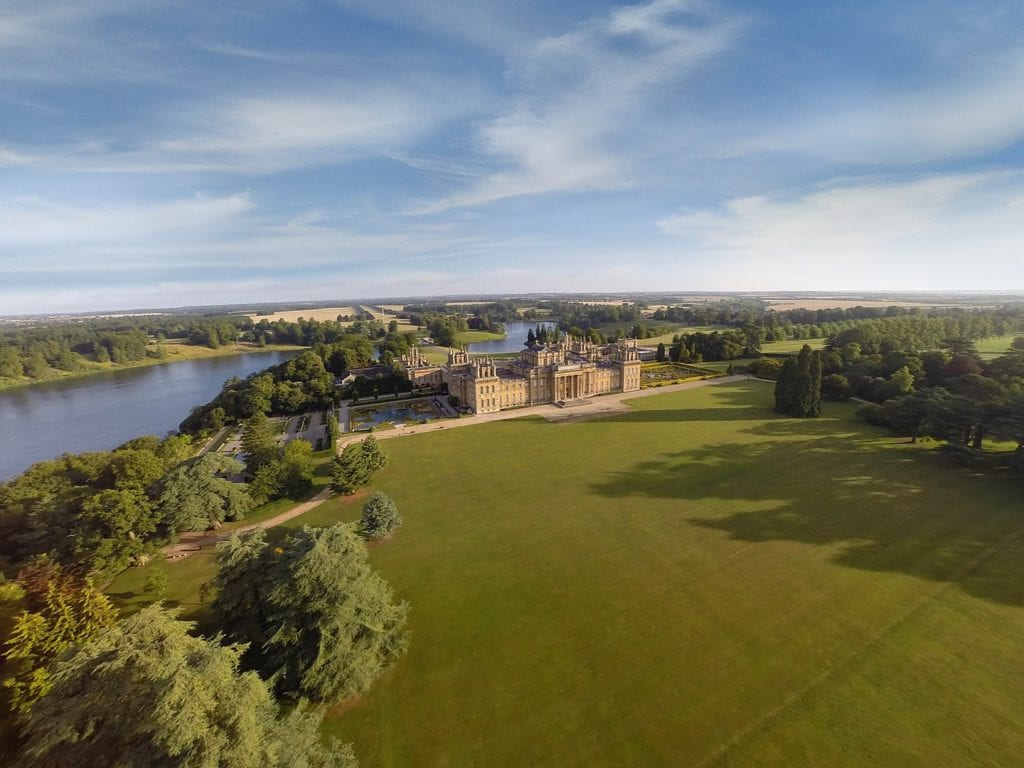
The footpaths across the Great Park give outstanding views of the palace and vistas of the lake that Capability Brown was appointed to create. The majority of visitors don’t step out into the park at all – and you’ll find many delightfully peaceful spots to sit.
Cornwall Mining Landscape
Cornwall’s industrial heritage is stamped ineradicably on its towns and coast over the whole county, but with no greater density – and pride – than in the region of St Agnes, Redruth, Camborne and Hayle.
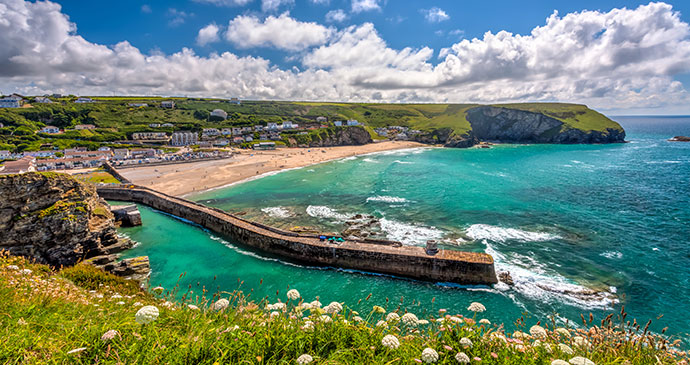
The landscape remains testimony to the part the region played in the industrial revolution, and was therefore given UNESCO status in 2006.
Dorset and East Devon Coast
This is England’s first and only Natural World Heritage Site, designated as such by UNESCO in 2004 in recognition of its unique geology and geomorphology.
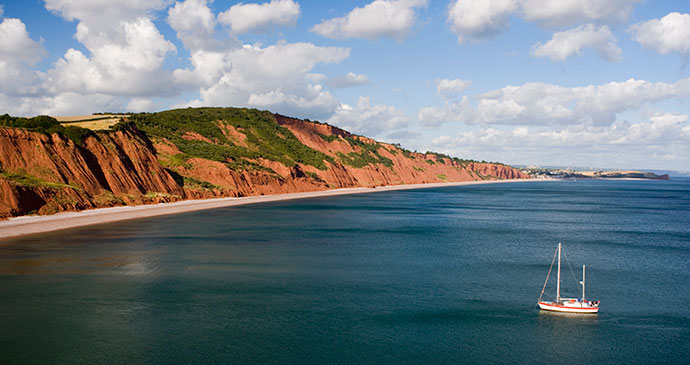
It is known as the Jurassic Coast, and stretches for 95 miles from Orcombe Point in East Devon to Old Harry Rocks in Dorset.
Derwent Valley Mills
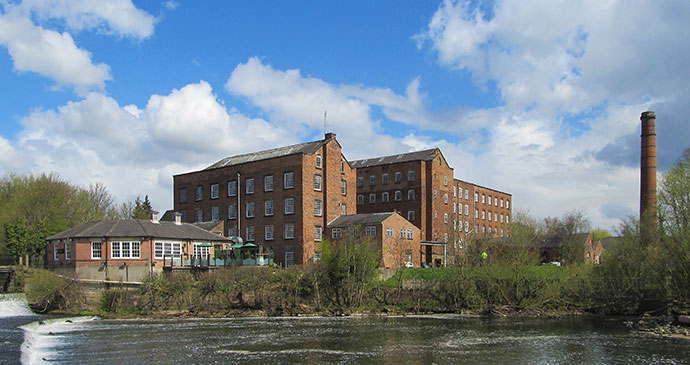
With their soaring chimney stacks, the Derwent Valley Mills scattered along the A6 were enlisted as a UNESCO World Heritage Site in 2001, recognising the part the Lower Derwent played in changing the world forever.
Forth Bridge
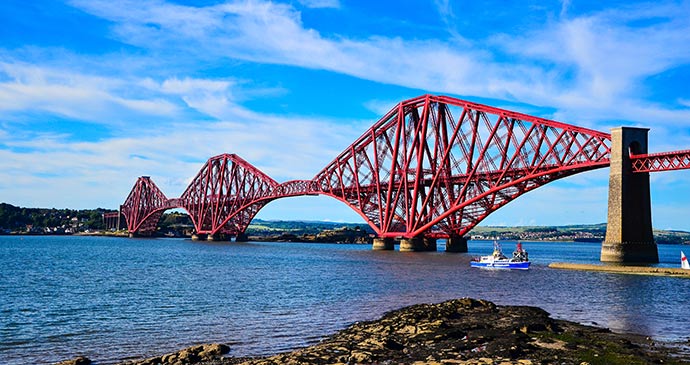
A recent addition to the UNESCO list (2015), this railway bridge is an internationally recognised outline like that of the Taj Mahal or Statue of Liberty. Crossing it, you fly like a plane high over the rooftops of South Queensferry on the Edinburgh side, and the train – running 150ft above high water to allow shipping through – is completely dwarfed by the mighty structure. Constructed in 1890, it is a masterpiece of creative genius.
Fountains Abbey
The remains of the Cistercian foundation of Fountains Abbey, four miles southwest of Ripon and just a few fields away from Markenfield Hall, constitute the ultimate romantic ruin.
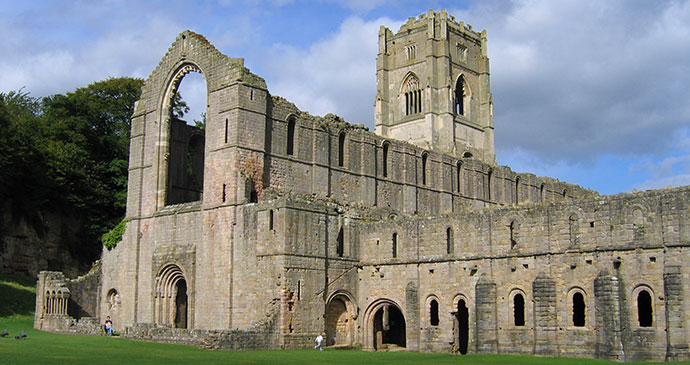
This, and the surrounding Studley Royal Park, were inscribed on the heritage list in 1986 to recognise a magnificent landscape illustrating 800 years of human ambition, design and achievement.
The heart of Neolithic Orkney
Along a thin neck of land between the lochs of Harray and Stenness, in a natural amphitheatre formed by the hills of Hoy to the south and the backbone of Orkney’s moorland, lies one of Europe’s richest Neolithic landscapes. The epicentre of this extraordinary density of ritual prehistoric sites lies along and near the B9055, 5 miles northeast of Stromness, where you will find the Ring of Brodgar, the Ness of Brodgar, the Standing Stones of Stenness and Maeshowe chambered cairn.
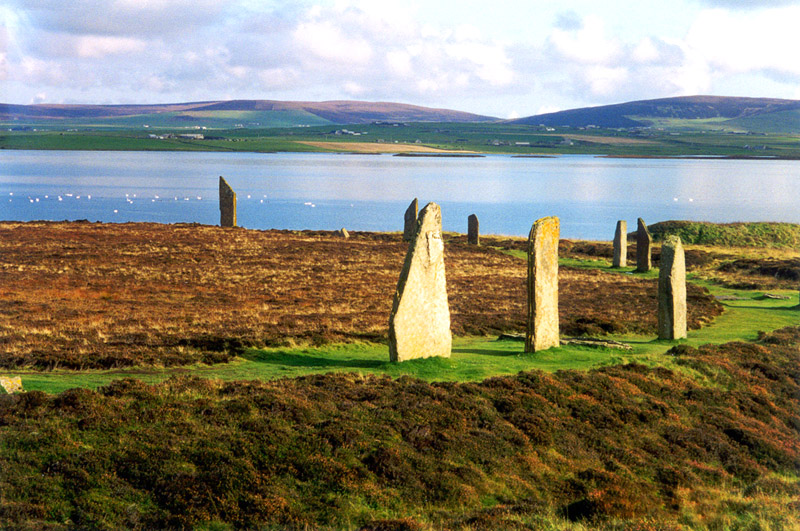
Each site is visually striking: these are not just bumps and lumps where you must take a guide’s word that they look impressive or are important. Evidence garnered by your own eyes will tell you that you are looking at a landscape unchanged for more than 5,000 years. Their collective significance was recognised by latter-day civilisation in 1999 when UNESCO accorded them – together with Skara Brae, 6 miles west – World Heritage Site status.
Ironbridge Gorge
Ironbridge Gorge covers a three-mile stretch around the River Severn from Coalbrookdale to Coalport, taking in Ironbridge, Jackfield and part of the former mining town of Madeley.
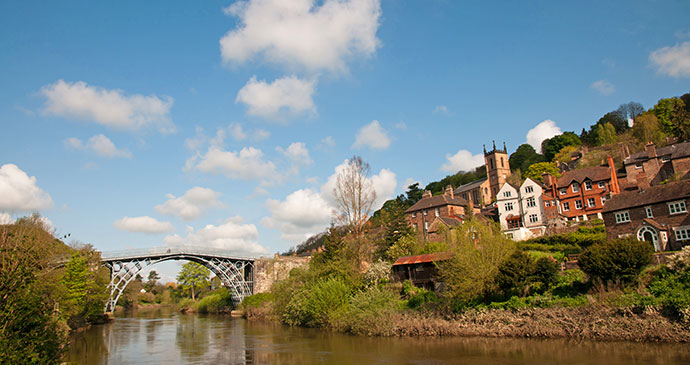
It was designated a World Heritage Site by UNESCO in 1986 in recognition of its unique contribution to the Industrial Revolution.